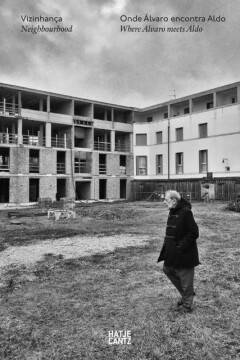
- Afhalen na 1 uur in een winkel met voorraad
- Gratis thuislevering in België vanaf € 30
- Ruim aanbod met 7 miljoen producten
- Afhalen na 1 uur in een winkel met voorraad
- Gratis thuislevering in België vanaf € 30
- Ruim aanbod met 7 miljoen producten
Zoeken
Omschrijving
As a response to the 2016 Venice Architecture Biennale challenging theme, Portugal presented a site-specific pavilion occupying an urban front in physical and social regeneration at the island of Giudecca. The pavilion exhibited four notable works by Álvaro Siza on Social Housing - Campo di Marte (Venice); Schilderswijk (The Hague); Schlesisches Tor (Berlin); and Bairro da Bouça (Porto) - revealing his participatory experience with the local inhabitants, and his peculiar understanding of the European city and citizenship. Those projects have created true places of neighbourhood, an important subject of the current European political agenda, towards a more tolerant and multicultural society. This book reveals the curatorial experience that supported the display of those works in the Venice Biennale, including unusual images of Álvaro Siza's recent visits to those four neighbourhoods; but also the major social and urban changes which took place in there: processes triggered by immigration, ghettoization, gentrification and "touristification" of cities.
Specificaties
Betrokkenen
- Auteur(s):
- Uitgeverij:
Inhoud
- Aantal bladzijden:
- 208
- Taal:
- Engels
- Geïllustreerd:
- Ja
Eigenschappen
- Productcode (EAN):
- 9783775742870
- Verschijningsdatum:
- 9/11/2017
- Uitvoering:
- Hardcover
- Afmetingen:
- 242 mm x 167 mm
- Gewicht:
- 548 g

Alleen bij Standaard Boekhandel
+ 72 punten op je klantenkaart van Standaard Boekhandel
Beoordelingen
We publiceren alleen reviews die voldoen aan de voorwaarden voor reviews. Bekijk onze voorwaarden voor reviews.








